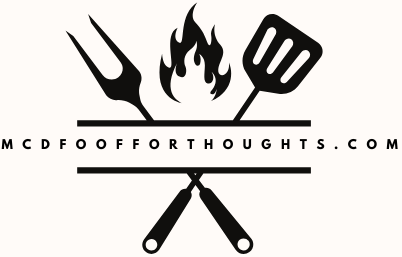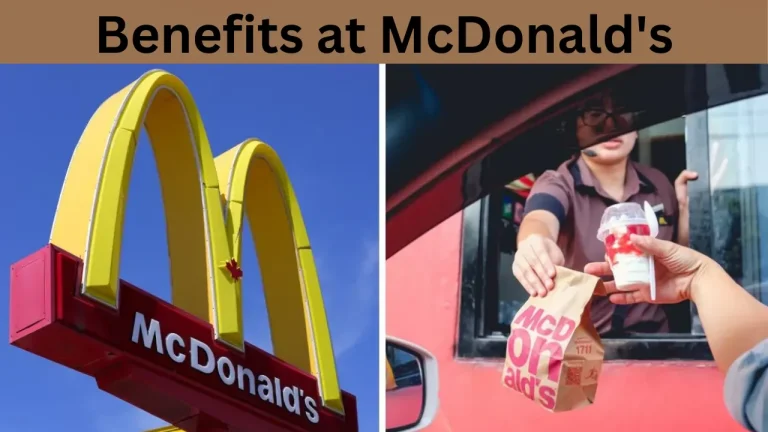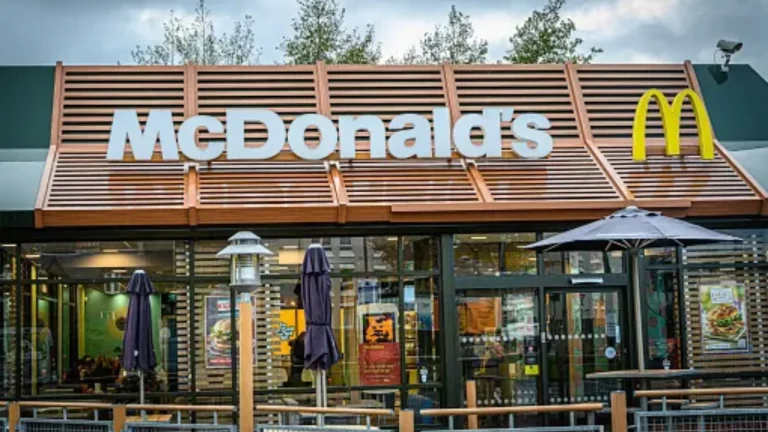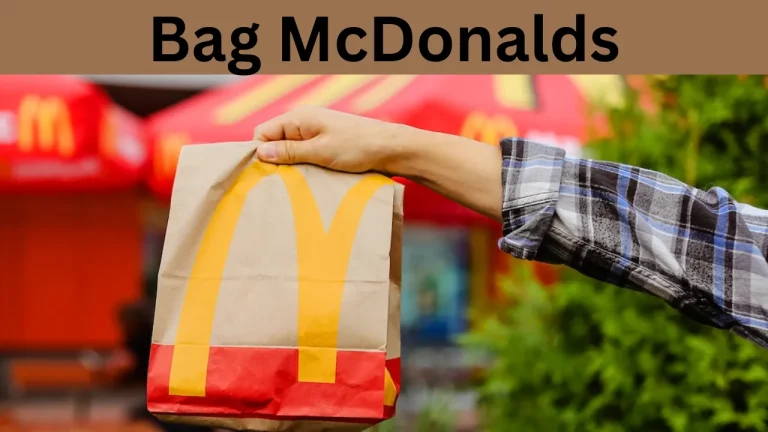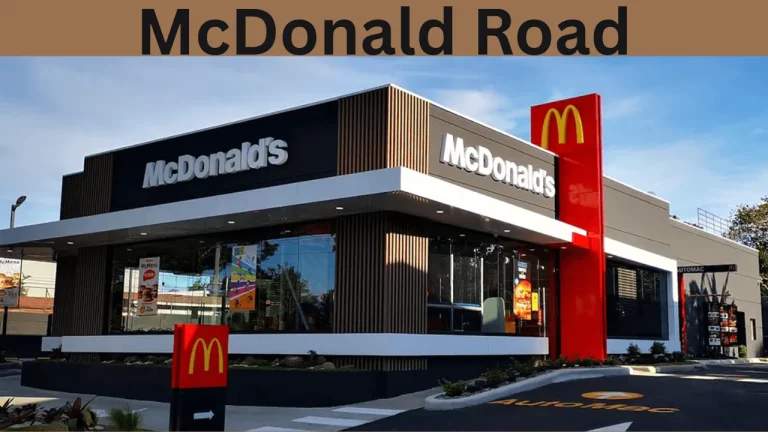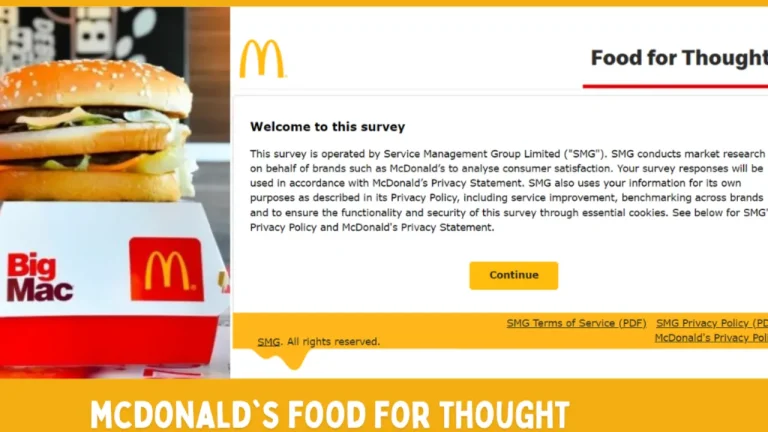McDonald’s Orange Juice Surcharge Lawsuit: Explained
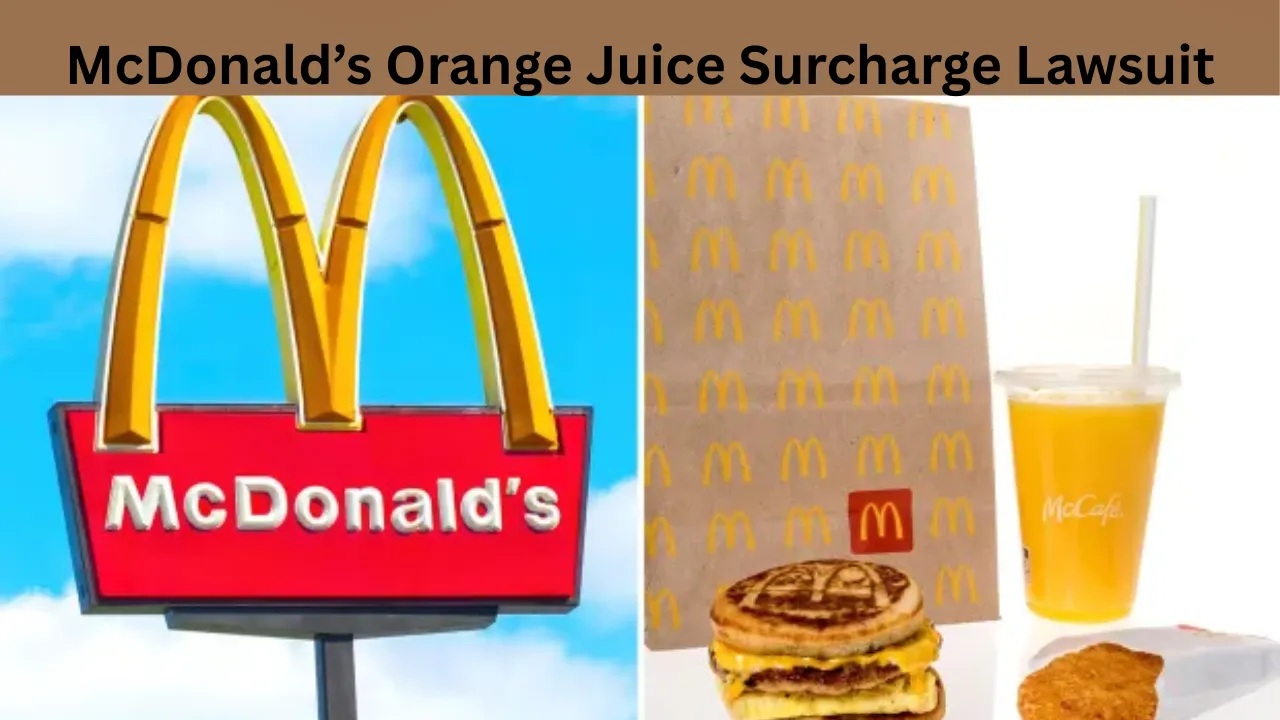
In late 2023, a new legal case caught the public’s attention—the McDonald’s orange juice surcharge lawsuit. It was not about burgers or fries but about a hidden charge that upset many customers. This charge appeared when people ordered breakfast combos that showed orange juice in the menu images. Customers thought orange juice came with the meal, but they were surprised by an extra charge.
McDonald’s, a global leader in the fast food industry, prides itself on offering value meals. However, when that value is questioned due to unclear pricing practices, it can lead to serious legal trouble. The controversy began when many customers noticed that although the combo meal pictures included orange juice, their final receipts showed a surcharge. This led to frustration and prompted legal experts to step in.
Why McDonald’s Is Facing a Lawsuit
The McDonald’s orange juice surcharge lawsuit started because of how the company displayed its menu items. On breakfast menus, orange juice was shown next to items like the Egg McMuffin Combo or Sausage Biscuit Combo. People assumed orange juice was included in the combo price. But when they got their receipts, there was an additional fee for it.
Customers said this felt dishonest. They weren’t told ahead of time that orange juice cost extra. Instead, they found out only after paying. This raised questions about transparent pricing and fair advertising. Many consumers argued that had they known about the upcharge, they might have selected a different beverage.
Timeline of the Legal Action
Here is a summary of events in the McDonald’s orange juice surcharge lawsuit:
| Date | Event Description |
|---|---|
| Dec 2023 | Class action lawsuit filed in California court |
| Jan 2024 | McDonald’s filed motion to dismiss the case |
| Mar 2024 | Court began review of legal arguments |
| May 2024 | Case still ongoing with no final decision yet |
The case is being reviewed in the U.S. District Court for the Central District of California. Plaintiffs say McDonald’s violated consumer rights.
What Are the Charges in the Lawsuit?
People involved in the lawsuit believe McDonald’s misled them. They say the combo deals looked like they included orange juice. The price on the menu did not show any extra charge. But after ordering, the receipt revealed a surcharge.
This practice caused confusion and disappointment. It also raised concerns about deceptive advertising. The plaintiffs want McDonald’s to fix their menu displays and offer refunds or compensation. They argue that McDonald’s has a responsibility to clearly communicate costs upfront, especially when visual cues strongly suggest an item is part of a deal.
A Look at the Menu Confusion
Let’s compare what people saw on the menu and what they were actually charged:
| Breakfast Combo | Menu Drink Shown | Price Listed | Final Price with OJ | Extra Charge |
| Egg McMuffin Combo | Orange Juice | $5.99 | $6.78 | $0.79 |
| Sausage Biscuit Combo | Orange Juice | $4.99 | $5.78 | $0.79 |
| Hotcakes Combo | Orange Juice | $6.49 | $7.28 | $0.79 |
This shows how customers were charged more than expected. They thought orange juice was included because of the menu images. In many cases, the visuals were used as part of promotional materials without clear disclaimers.
McDonald’s Answer to the Claims
McDonald’s responded by saying they did nothing wrong. The company said the orange juice is a premium drink. It costs more than coffee or soda. They also said customers get a receipt before completing the purchase. That way, they can see all the charges.
However, many customers don’t check receipts right away. They make quick decisions, especially in a drive-thru. That’s why people feel the charge should have been clear on the menu, not just on the receipt.
The company also emphasized that their menu boards feature beverages for illustrative purposes. They argue that showing orange juice in combo images does not promise its inclusion in the price. Critics say this is misleading when there is no label or footnote indicating an extra charge. Consumers rely on visuals, especially when menus are brief and service is fast.
Consumer Rights and Menu Transparency
Customers in the United States have rights when it comes to honest pricing. Here is a quick summary:
| Right | Description |
| Clear Pricing | All fees must be shown before the purchase |
| Honest Advertising | Menu images must reflect what’s truly included |
| No Hidden Fees | Charges should not be a surprise after ordering |
| Refund Eligibility | People may get refunds if they were misled |
These rights help protect customers from being taken advantage of. The McDonald’s orange juice surcharge lawsuit focuses on whether these rights were violated. Legal experts also mention that these issues are not just local. Nationwide consumer protection standards could be affected.
Also Read: FoodForThought McDonalds: Get Rewards for Your Feedback
Broader Implications for the Fast Food Industry
This lawsuit could set an example for other fast food chains. If McDonald’s loses, it might have to change its menu boards. Other restaurants could also start showing drink surcharges more clearly.
This would be good for consumers. People want to know what they are paying for. No one likes surprises when they check their receipts. Legal analysts believe this case may influence future regulations about pricing transparency in all food service businesses.
Legal experts also suggest that this case may encourage more federal guidelines on pricing clarity in chain restaurants. If a ruling is made in favor of the plaintiffs, McDonald’s could face both financial and brand trust consequences. Other major chains like Burger King or Wendy’s may begin reviewing their own combo displays and pricing strategies.
Also Read: McDonald Road – Life, Culture, and Commerce in Urban Spaces
What Happens Next in the Lawsuit?
Right now, the McDonald’s orange juice surcharge lawsuit is still moving through the court system. Lawyers are preparing arguments, and judges are reviewing evidence. There is no final decision yet.
If the court finds McDonald’s guilty, the company may have to:
- Refund affected customers
- Update menu displays
- Provide clear price breakdowns
Class action settlement options could also include free meal vouchers or credits for impacted consumers, depending on the final ruling. Past settlements in similar false advertising cases have ranged from small payouts to major brand overhauls. Time will tell how serious the outcome will be.
Also Read: Reflexis McDonalds – A Game Changer in Workforce Management
Menu Design and Customer Trust
Restaurants use bright photos and short phrases to attract buyers. But when the pictures don’t match the actual price, it hurts trust. A clear menu builds stronger relationships between brands and customers.
Let’s see what customers expect versus what they got:
| Expectation | Reality |
| Combo includes OJ | OJ costs $0.79 more |
| Price shown includes all | Final price revealed on receipt |
| Clear deal | Deal included hidden charge |
Consumers are more likely to return to a place where they feel respected and well-informed. Transparency is key to building loyalty. Poor menu design can result in customer complaints, social media backlash, and even legal action.
Also Read: Chinese Menu: A Flavorful Journey Through Tradition and Taste
Final Thoughts
The McDonald’s orange juice surcharge lawsuit is about more than a small drink. It’s about fair treatment, honest menus, and transparent pricing. People deserve to know what they are paying for, especially at fast food places where service is fast and menus are brief.
If this lawsuit succeeds, it may bring better menu practices across the industry. And that would mean no more hidden charges for your morning orange juice. It’s a strong reminder that even small oversights can lead to major legal and reputational consequences.
Stay tuned as the case continues to develop in court. We will update this post as soon as there are new decisions or settlements announced. Meanwhile, keep your eyes on the receipt—and always ask if that orange juice is included.
Also Read: Bag McDonalds: What It Means and Why Everyone’s Saying It
